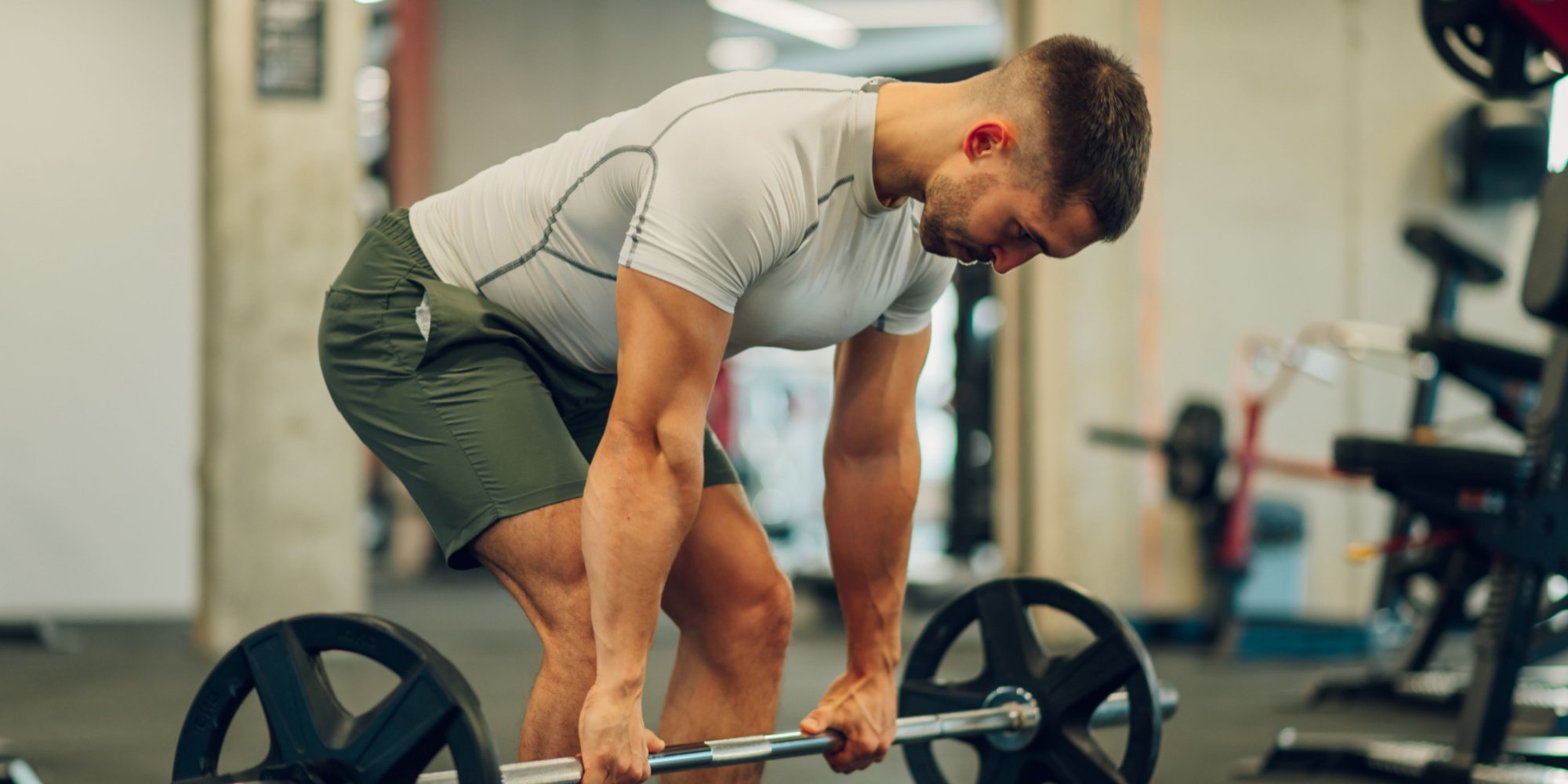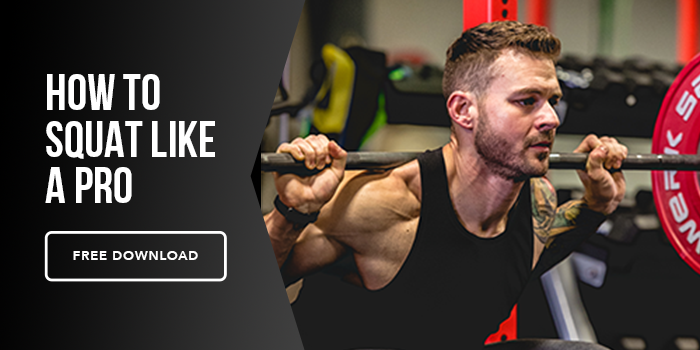Along with the squat, deadlifts are probably one of the best exercises you can do for lower body strength and power development. Loading up a barbell with plates and lifting it with everything you’ve got is unbelievably empowering, but the deadlift does come with risks if it’s not executed correctly.
As with most styles of lifting, form should be taken seriously, which requires a lot of practice. To get to the heavy lifts, you need to perfect the mechanics of the lift so you can actually succeed with heavier loads. Though it looks simple—you're just picking up a barbell and putting it down—it's still a complex movement.
So let’s discuss some things you should consider when deadlifting as a beginner.
1. Mobility and Core Work as a Daily Practice
Sure, deadlifting requires a lot of strength, but how mobile and stable you are can play a huge role in execution and injury prevention during your deadlifts.
Even though you are using a lot of your glutes, hamstrings, and back to lift a heavy load, there is also a need for you to be mobile to prevent injury. If you’re truly serious about deadlifting, and you want to spend a lot of time lifting—and lifting some more–you need to make sure you are working on your mobility.
Those muscles, and the areas around your joints, are going to get tight. With tightness, there comes an increased chance of injury.
Is there such thing as being hypermobile? Yes, which can also make you more injury-prone. But being able to balance mobility and strength will help you lift better and reduce aches and pains that come with heavy lifting.
Along with mobility, core stability is something that should also be emphasized. Deadbugs, birddogs, and plank variations are excellent core exercises you can include in your routine.
2. Practice, Practice, Practice
I’ll say it again–form needs to be mastered (or at least close to it). You may be able to get away with crappy mechanics with lighter loads, but good luck going without an injury when you start lifting heavier weight.
Some people like to start with just the bar, while others put on a 10 or a 25-pound plate on each side. Use what you are comfortable lifting for about 15 reps without much difficulty, if the main goal is to just work on mechanics.
There are many variations of the deadlift, but always remember it is a hip-hinge movement, not a squat. This means your hips should tilt back, while the torso stays in a neutral position. If you are doing it right, you should feel it in your glutes and hamstrings.
For guidance on proper deadlift setup, and mistakes you should avoid, check out Ben Pollack’s video on how to deadlift like a champ.
3. Move Up in Weight Accordingly
It’s great to feel confident with your lifts, but tacking on an additional 45-pound plate to move up in weight will squash your confidence pretty quickly.
If you are able to life your current weight for 8 to 10 reps, and rate your exertion level lower than an 9 on a scale of 1-10, then you can probably add more weight. With safety in mind, I would add 2.5-pound plates on each side, then adjust from there. For many, a 5-pound plate on each side is appropriate.
When you start getting closer to heavier lifts, where you are at 1-rep maxes and staying under 5 reps, then adding just the 2.5-pound plates would be the way to go.
4. Know How to Program
With reps in mind, you need to be mindful of how you program your deadlifts.
You can add them to your lower body routine, and complete anywhere from 6 to 12 reps for 3 to 4 sets. Heavier lifts means fewer reps, which also entails longer rest periods of about 2 minutes in between each set.
If you are lifting heavy, or if the volume of lifting is high for the day (I’m talking 6 or more sets of deadlifts in one workout), then I would recommend at least one day of rest in between another deadlift day. No matter what you are focusing on in your lifting journey, rest days are always necessary to gain the most benefit.
If deadlifting more efficiently is one of your main goals, I would check out MAPS Powerlift, which will go over how to deadlift with proper form and programming to help you progress in weight.






